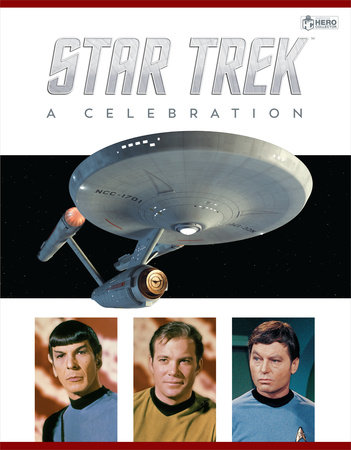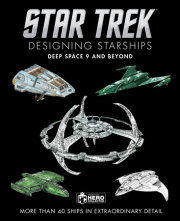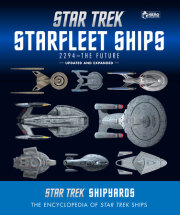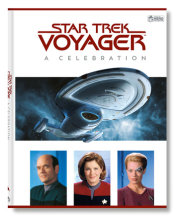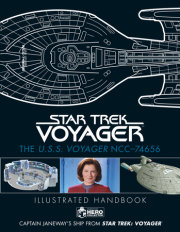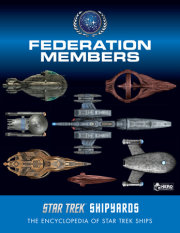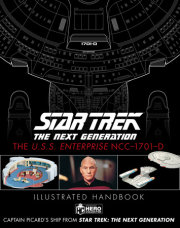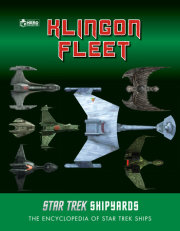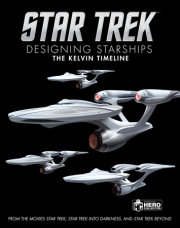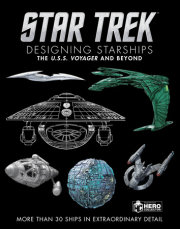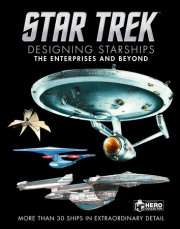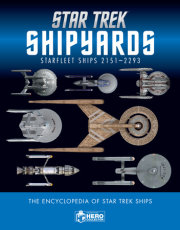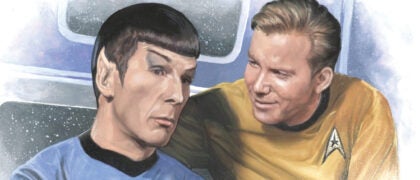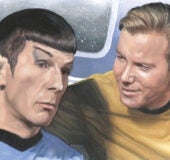WAGON TRAIN TO THE STARSSTAR TREK BEGINSThe essence of STAR TREK stayed the same, but Gene Roddenberry’s first ideas provide a fascinating glimpse of a different show.
STAR TREK was always meant to be something new, but at the same time, Gene Roddenberry was very clear it wouldn’t be so new that it would be impractical.
In the early 1960s, there was plenty of adult science fiction on air. The Twilight Zone, which ran from 1959 to 1964, was a big hit and it had been joined by The Outer Limits, which ran for two seasons between 1963 and 1965. But both those series had a problem: they were anthology shows. Every episode was different, without a regular cast, so every story stood or fell on its own merits. When Roddenberry started thinking about STAR TREK in 1963, he wanted to develop a format that combined this kind of storytelling with the kind of regular cast that viewers were familiar with on shows such as Bonanza, where the audience invested in the adventures of the Cartwright family.
In the pitch Roddenberry put together, he emphasized that there were bound to be millions of inhabited planets in the universe. He threw in the concept that there were parallel Earths, meaning that they would have evolved with human beings who had built societies that looked remarkably like the back lots available at Hollywood’s studios. These planets could be placed at any point in “human” evolution, so they could be the setting for stories about cultures like Ancient Egypt or the Westerns that dominated 1960s television. His idea was that a spaceship, originally led by Captain Robert April and his female first officer, Number One, would visit a different world, with its unique culture, every week. This way we’d have familiar characters to anchor the same kind of science-fiction stories people were watching on The Twilight Zone.
Roddenberry was keen to point out to network executives that this approach would make his series affordable. There was no need for monsters, costumes could be hired from the normal sources, and parallel Earths could be filmed on the back lot or even on sets that were left over from movies or other TV shows.
The ship and its crew drew inspiration from Isaac Asimov’s Foundation novels – in which there are countless worlds inhabited by humans and linked up by a group of traders and a vast Galactic empire – and the 1956 movie, Forbidden Planet. Years later, Roddenberry was keen to play down these influences, but even if he was trying to do something different, memos from the time show that he was very aware of them.
The ship’s mission is to “explore intelligence and social systems” that could pose a threat to Earth; carry out scientific investigation; provide assistance to Earth colonies; and – almost certainly inspired by the Foundation novels – impose Federation law on commerce vessels and traders.
For all the science-fiction trappings, Roddenberry was keen to tell the networks that STAR TREK had a lot in common with more contemporary TV shows. His 1964 pitch document mentions Gunsmoke and Dr. Kildare, and famously describes the show as “Wagon Train to the stars.” Whatever the future turned out to actually be like, the crew would be recognizable as men of 1966. “Science fiction,” he wrote in the first version of the Writers’ and Directors’ Guide, “is no different from tales of the present or the past – our starship central characters and crew must be at least as believably motivated and as identifiable to the audience as characters we’ve all written into police stations, general hospitals, and Western towns.”
That same document emphasizes that STAR TREK is an “action-adventure-drama.” But, while he didn’t put it in the pitch document, Roddenberry always wanted to use the show as a way of exploring ideas and commenting on society. Through science fiction, he could deal with difficult topics such as racism and slavery, and even grand themes, such as “what it meant to be human.”
Copyright © 2021 by CBS Studios Inc. © 2021 Paramount Pictures Corp. STAR TREK and related marks and logos are trademarks of CBS Studios Inc. All rights reserved. No part of this excerpt may be reproduced or reprinted without permission in writing from the publisher.




